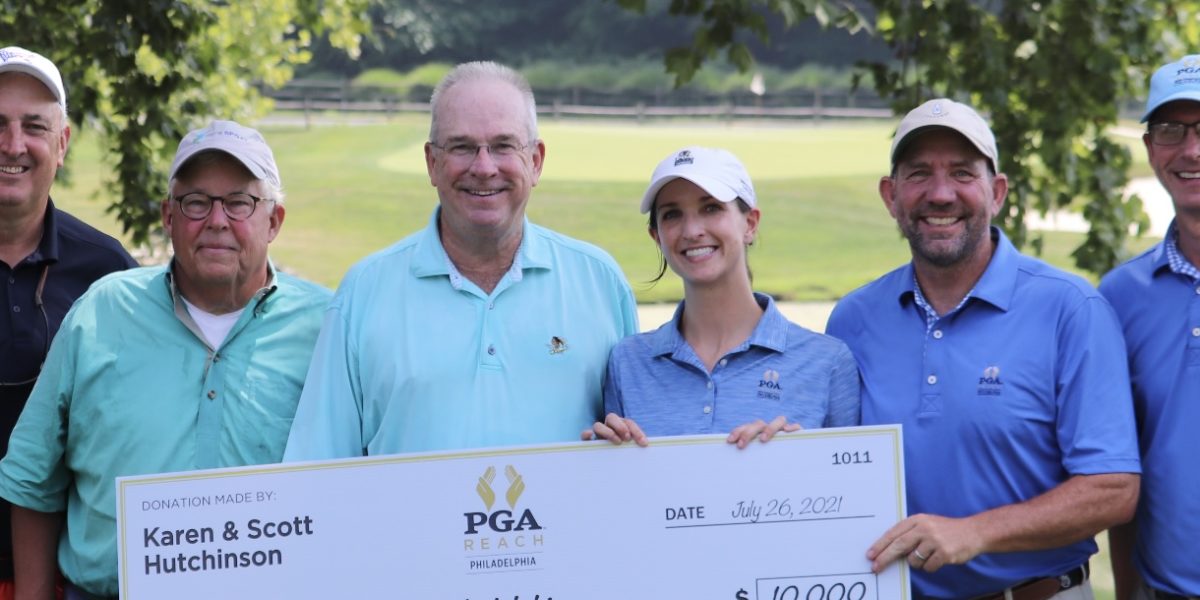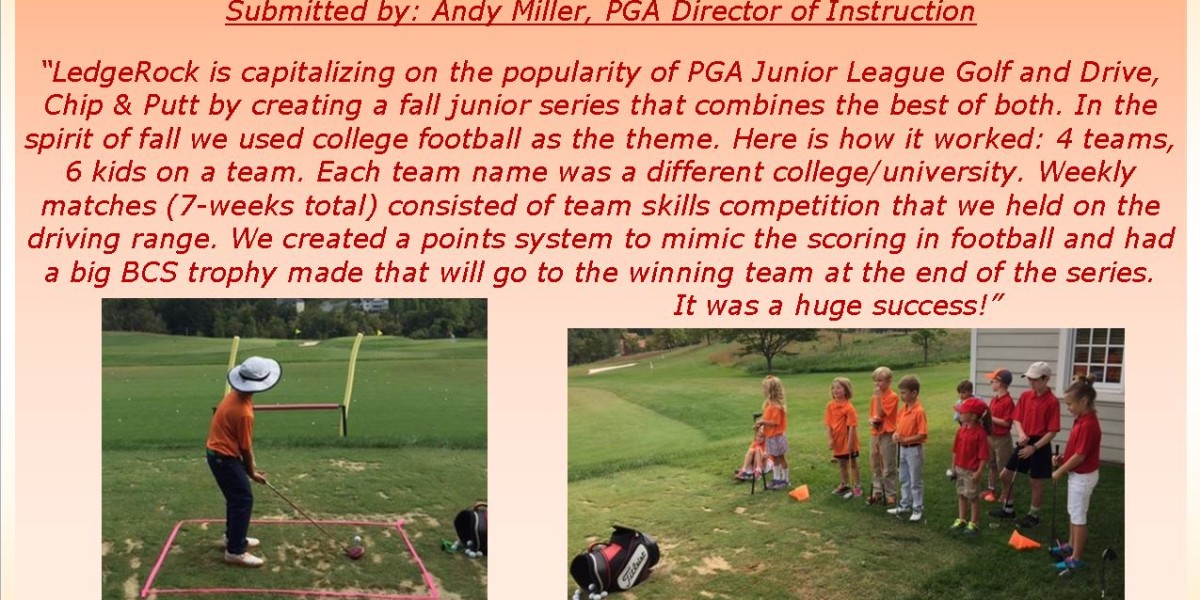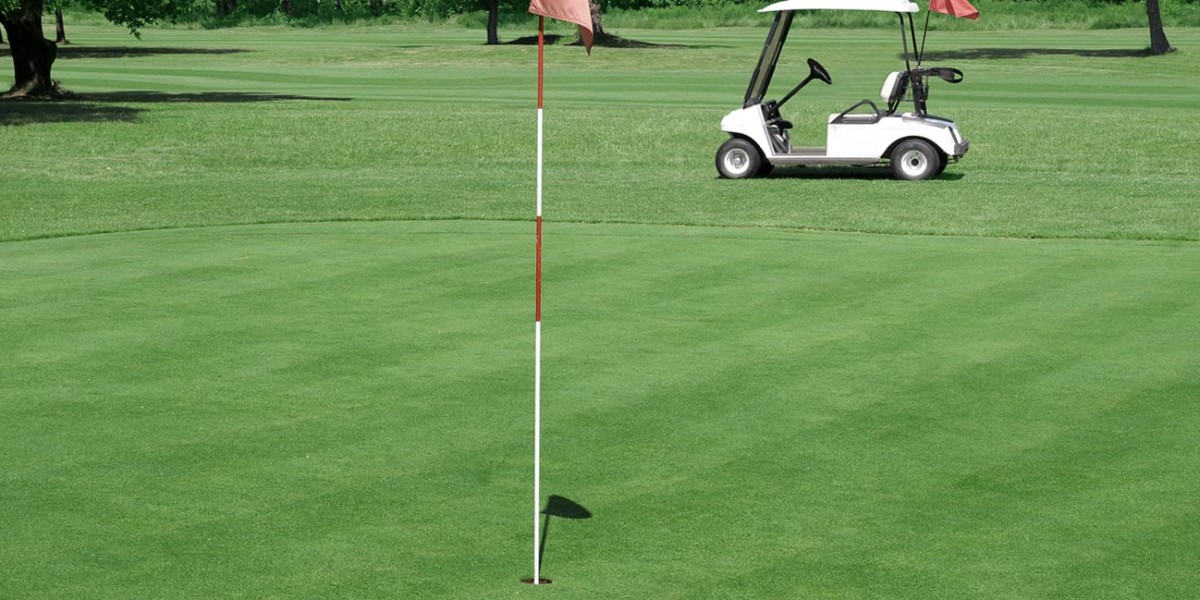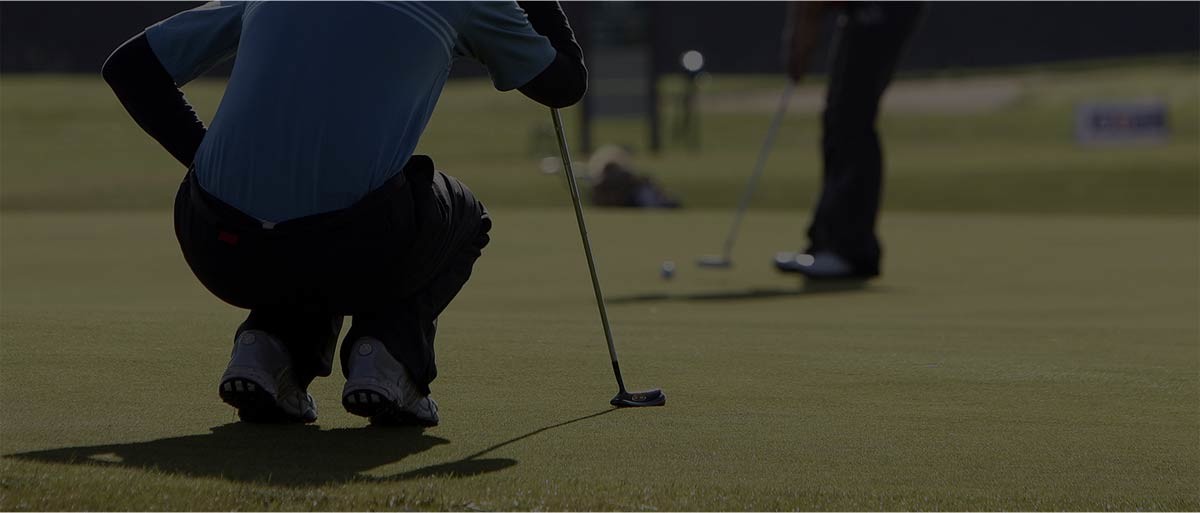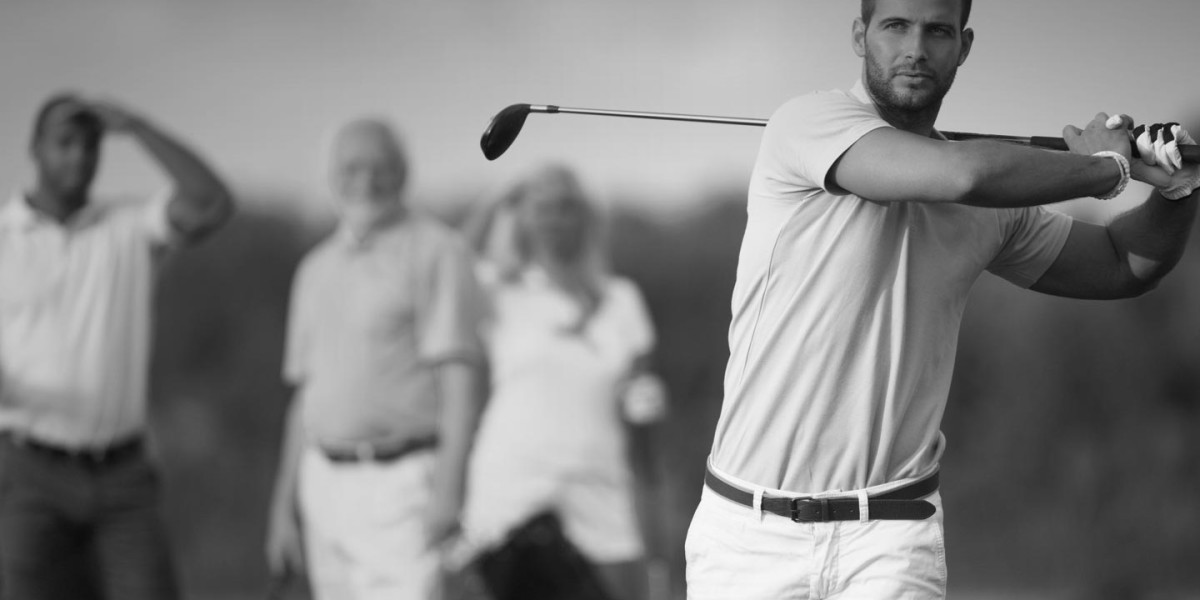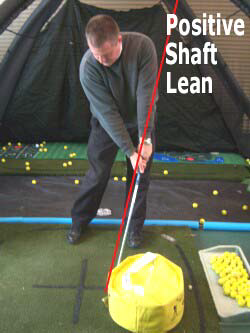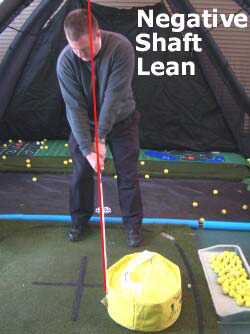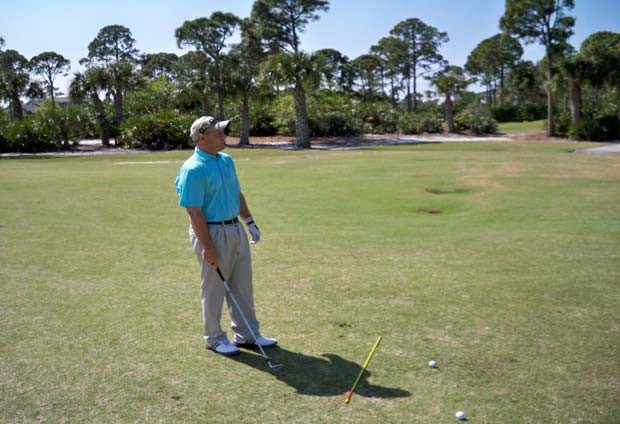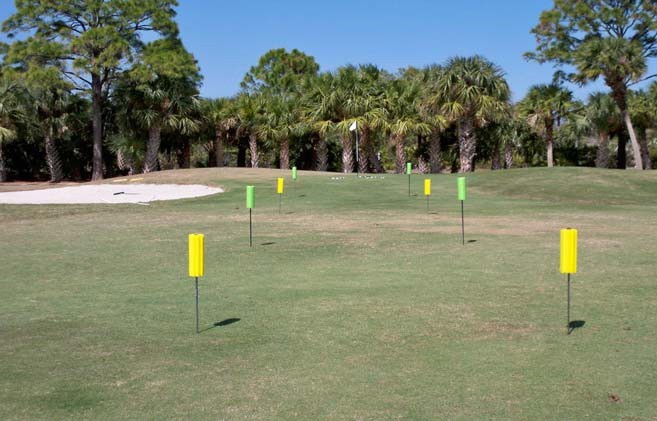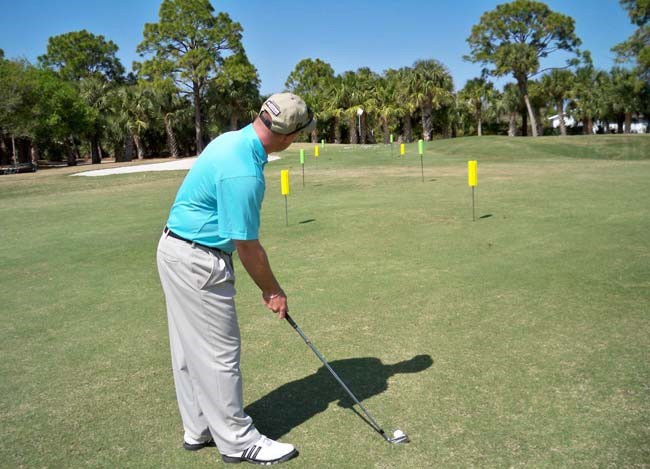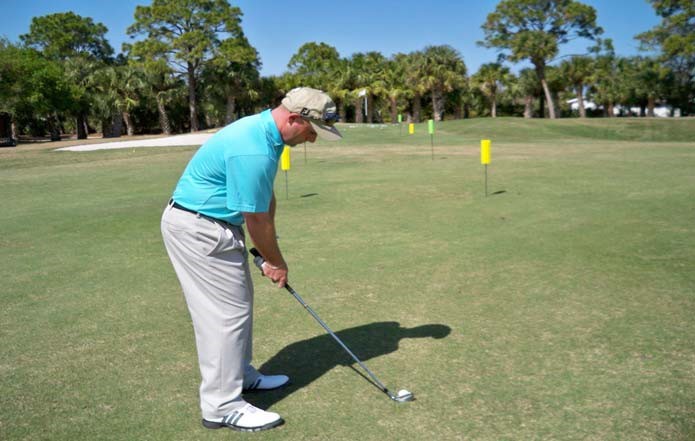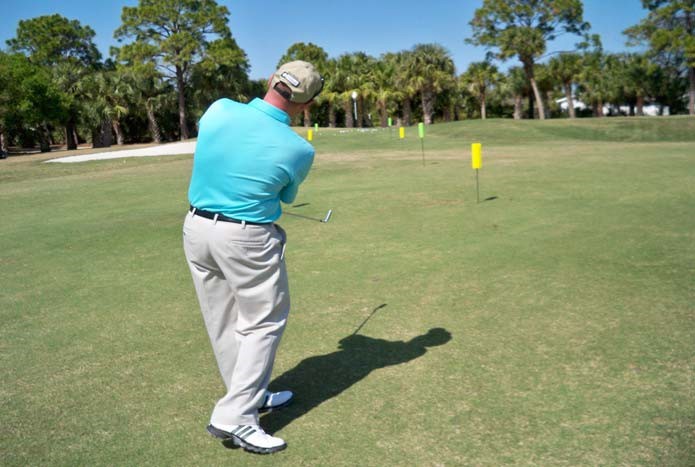Philadelphia PGA Section Renews Partnership with Scott & Karen Hutchinson
Lower Gwynedd Township, Pa. (April 28, 2022) — The Philadelphia PGA Section today is thrilled to announce it has renewed its partnership with Scott & Karen Hutchinson, a couple who has displayed incredible philanthropy towards Philadelphia PGA Professionals and PGA REACH Philadelphia.
As part of the agreement, Scott & Karen Hutchinson will remain the title partners of the Philadelphia Players Championship at Lookaway Golf Club on Monday, August 1. The championship, now in its third year, is a Philadelphia PGA Rolex / The Haverford Trust Company Player of the Year Points Series event, and boasts one of largest one-day payouts in the Section. The couple was the presenting partner of the 2022 Tournament Players Division Championship at Hartefeld National (Click here for results).
Furthermore, the Hutchinsons will remain Trustee-Level Donors for PGA REACH Philadelphia, the Section’s 501(c)(3) charitable foundation, which is dedicated to positively impacting lives through the game of golf. The couple will also again be a presenting partner of the annual PGA REACH Philadelphia Pro-Am Championship on Tuesday, October 11 on Philadelphia Cricket Club’s Wissahickon Course.
“The Philadelphia PGA is delighted to renew our great partnership with Scott & Karen Hutchinson,” said Section Executive Director Geoff Surrette, PGA. “Their steadfast commitment to our PGA Members and Associates will continue to benefit our foundation, its mission, and our Section’s tournament program.”
About the Philadelphia PGA Section
The Philadelphia PGA Section, covering eastern Pennsylvania, southern New Jersey and Delaware, is one of 41 geographical managing entities of the PGA of America. This Section manages nearly 900 PGA Members and Associates who are employed at over 590 golf facilities in our region.
Contacts:
Matt Frey, PGA, Philadelphia PGA Section, mfrey@pgahq.com
Scott Hutchinson, scotthutchinson65@gmail.com

